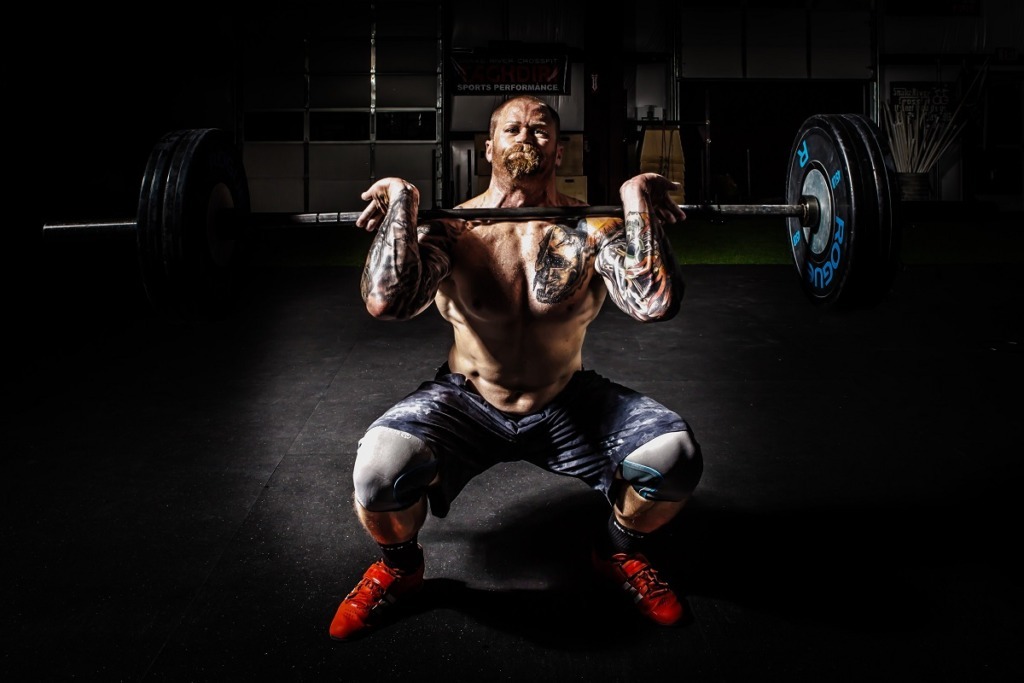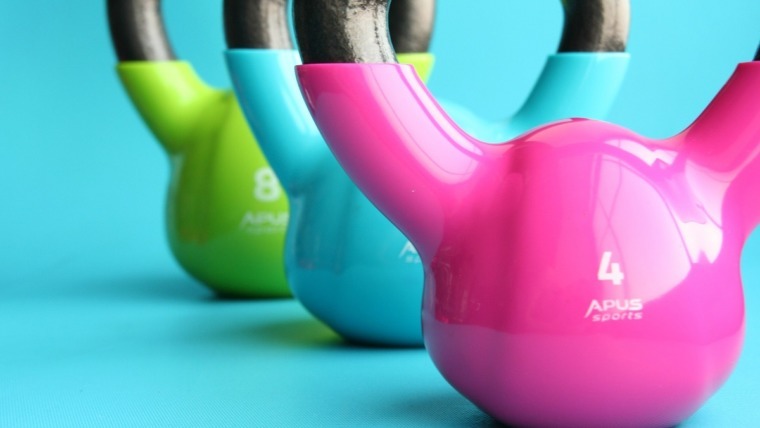Finding the animal inside of us Finding the animal inside of us

Written by Michael Dermansky
Different animals from the animal kingdom can lead us to elements we all need to work on for a balanced and healthy, fitness and exercise program.
Strength like a tiger
Tigers are not only known for their agility, speed and hunting skill but have immense strength. A tiger can carry around 550kg, 3 metres up a tree, about twice its own body weight.
The biggest thing that we see at our centre, is the reduced muscle strength as a result of a lack of strengthening exercises in sedentary people’s lives. Most people are just not strong enough for what they ask their bodies to do in everyday life. This means that when you go for that walk, climb uphill, do the gardening on the weekend or lift your child, it’s just more effort than it should be and you are more likely to injury yourself. This leads to a vicious cycle, where you are not strong enough to do what you would like, you do even less, get further weaker and the effort of harder again.
Improved muscle mass from strengthening exercises is a major factor in the battle against insulin resistance, leading to diabetes. Muscle mass is a primary site of GLUT4 insulin transporters, which take the glucose from the bloodstream and brings it into the muscle cells, regulating your blood glucose level and affecting your insulin sensitivity. Strengthening exercise both increases the number and effectiveness of these sensors.
There is only one thing that has consistently been proven to slow down and reverse loss in cognitive function as you get older, and that is physical exercise, which protects the brain by protecting your cardiovascular system.
People with higher grip strength (a proxy for overall body strength) performed higher in memory tests and reaction time. Again, in a study, those who lifted weight at least once a week showed significant improvements in cognitive function, such as attention. It seems to be because strength training releases several chemicals into the brain, such as BDNF, which improve the health of nerves and brain cells.
Keep it simple, and make/keep the following changes to your lifestyle:
• Strength training twice a week, involving most of the major muscle groups
2 structured and focused strengthening sessions a week (30 min each), focussing on all the major muscle groups in the body is enough to strengthen your body and benefit in a better life.
Agility like a leopard
Leopards can leap horizontally 6 metres and vertically 3 metres, as well as running up to 56 km/h.
Although we don’t need to jump that far, that high or run that fast in our everyday life, having the ability to jump and land safely, change direction and negotiate uneven ground easily is a major aspect in reducing our risk of falls and sadly, something a lot of adults have forgotten how to do.
When we assess someone’s return to sport after a knee injury, a few of the major markers are the ability to single-leg hop evenly on both sides, the ability to triple hop and the speed of hopping 6 metres to be about 80% of the other leg, otherwise, the risk of re-injury is quite high.
Once a good base of strength is established, incorporating balance and agility exercises into your exercise program is a major aspect of improving your balance in the long term. Dynamic exercises, such as side to side hops are more functional and produce better results than static exercises such as using a wobble board, which don’t resemble everyday tasks, so your brain has limited capacity to translate this into useful skills of reducing your risk of injuries such as rolling your ankle.
Wisdom like an owl
Owls are known for their wisdom and being sensible and knowable in your exercise program will produce better long term results than taking an all or nothing approach, which never works out well.
Regular, consistent exercise is much better than exercising everyday, as hard as you can:
In general, to get the most out of a workout for the purpose of building muscle and strength, major Olympic lifts, such as deadlifts, squats, bench press, bent-over row etc are the most effective, because they use a large number of muscle groups to their maximum ability, therefore are great at helping to build muscle.
I would recommend choosing 1-2 major lifts per session, to allow you to work the muscles to fatigue, to give the muscles a stimulus to grow and adapt. If you choose to do every lift and muscle group per session, you just won’t be able to work each lift and muscle group to its maximum potential, so the stimulus to adapt is lower and the muscle growth effect is less.
Adding stability exercises, to compliment your major lifts:
It is important to also incorporate exercises that work on the muscle groups that help “set your body up” to get the best from your lifting. This means also training the major stabilising muscle groups, that work together with the power muscle groups that are needed for lifting. For example, to do a deadlift effectively, the stabilisers of the lower back (the multifidus muscles group) and the muscles at the side of the hips (gluteus medius and gluteus minimus) need to be working in order to allow the major muscle group (Gluteus maximus) to do it’s work more effectively. If these muscles do not activate and do their job, the load on the back and other structures is too great and this is where injuries occur.
Exercises that work on stabilising muscle groups should be performed in the warm-up stage of your workout and between sets to keep the stabilisers active during your workout.
Do not underestimate the importance of sleep for muscle building
If you are serious about your health, you need good quality sleep. The reason is that the muscle growth effect and the natural release of growth hormone occur primarily when you sleep, not when you are awake. In particular, this occurs specifically in the third stage of non-REM sleep, when the growth effects are the largest. During the REM portion of sleep, your brain works on and remembers better coordination of movement and this helps the progress of your lifting potential. If you don’t plan at least 6 hours, but ideal 8 hours of sleep after your workout days, you will struggle to achieve your goal.
Finding the animal inside of us Finding the animal inside of us



